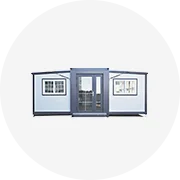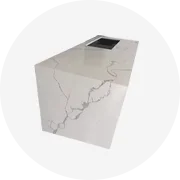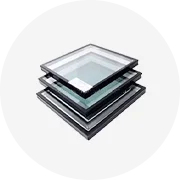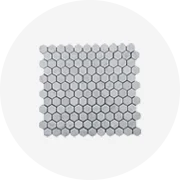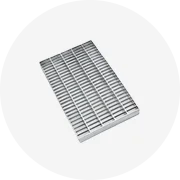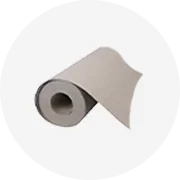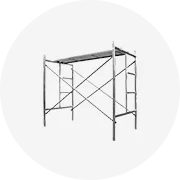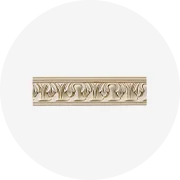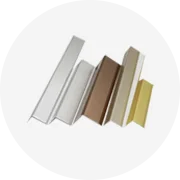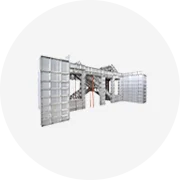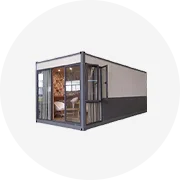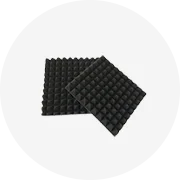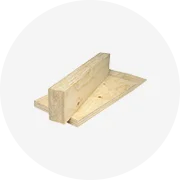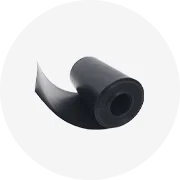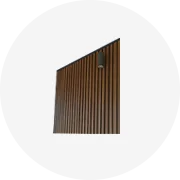About products and suppliers
Đặt hàng tùy chỉnh ống upvc 500mm. từ Alibaba.com là lựa chọn phù hợp cho nhu cầu của mọi người. Các ngành công nghiệp và sản xuất ở khắp mọi nơi đều cần những sản phẩm này. Một số dự án yêu cầu ống upvc 500mm lớn, trong khi những dự án khác nhỏ hơn và nhẹ hơn. Vì hai dự án giống hệt nhau, việc đặt hàng thứ gì đó tùy chỉnh sẽ đảm bảo mọi thứ đáp ứng các thông số kỹ thuật. Có nhiều màu sắc, thành phần và kích thước có sẵn. Mọi thứ cũng được định giá hợp lý dựa trên số lượng vận chuyển tối thiểu.
Một ví dụ điển hình cần ống upvc 500mm. là việc sử dụng chúng trong sản xuất cửa sổ. Khung thường được làm từ PVC và yêu cầu kích thước cụ thể. Thường thì sản phẩm này được gửi đến một vị trí khác để lắp ráp cửa sổ cuối cùng. Nếu nó không đáp ứng các tiêu chuẩn, điều đó có thể gây trở ngại đáng kể cho việc sản xuất. Ngoài ra, vật liệu phải đủ cứng để chịu được gió lớn. Với một tấn là đơn đặt hàng tối thiểu điển hình, các nhà cung cấp rõ ràng có thể nhận các đơn đặt hàng lớn.
Không phải tất cả ống upvc 500mm. từ Alibaba.com cần phải chính xác. Tuy nhiên, điều đó không có nghĩa là chất lượng của các sản phẩm kém đi chút nào. Nhiều nhà cung cấp chuyên về các miếng nhựa đầy màu sắc được sử dụng cho bất kỳ dự án nào. Nếu có nhu cầu thì có sẵn hồ sơ. Các sản phẩm thường cứng và thân thiện với môi trường. Ngoài ra còn có các tùy chọn mua khác nhau. Tùy thuộc vào những gì phù hợp với người mua, mua số lượng lớn theo trọng lượng hoặc chiều dài. Thậm chí có một số nhà phân phối còn cung cấp hàng tự mua với số lượng ít hơn.
Nếu một quy trình sản xuất cần chúng, thì ống upvc 500mm. tại Alibaba.com sẽ không làm bạn thất vọng. Với các tùy chọn về màu sắc, kích thước và chi phí, sẽ thật dễ dàng để tìm được những chiếc phù hợp. Không quan trọng nếu chúng cần phải chính xác như khung cửa sổ hay đến từ kho được tạo sẵn. Các sản phẩm luôn có chất lượng cao. Giá cả phải chăng cũng vẫn hấp dẫn.








